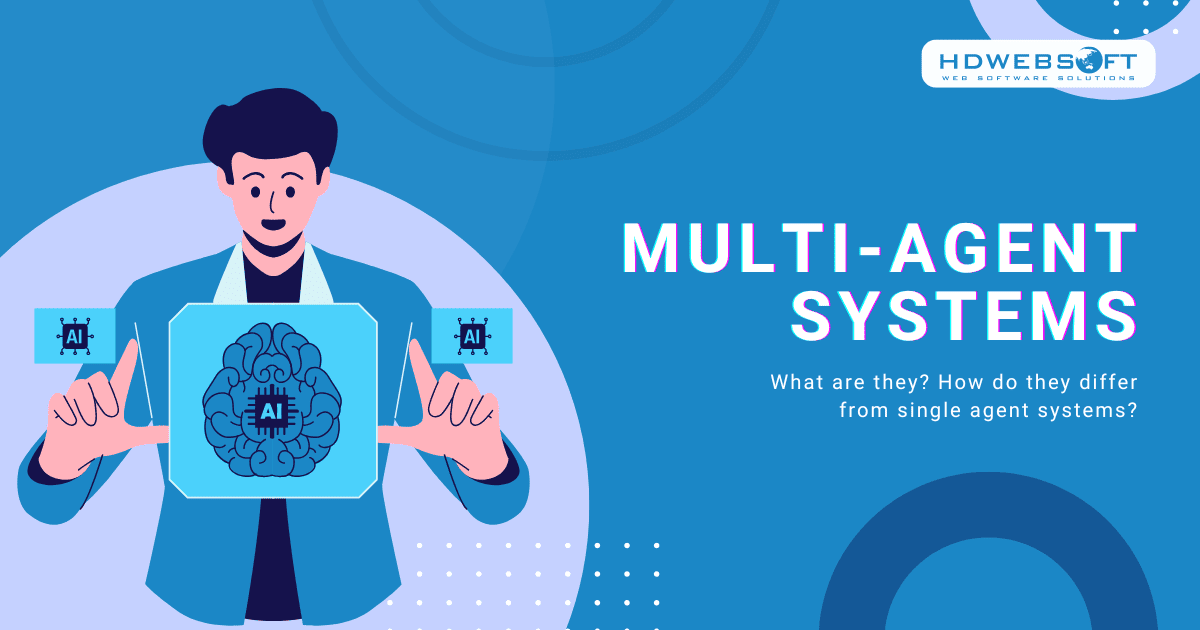
Challenges When Adopting BDD into Business
Behavior-driven development (BDD) testing is a valuable Agile methodology that focuses on enhancing communication between technical and non-technical stakeholders through the use of concrete examples. While BDD offers numerous benefits, its adoption into business processes can present various challenges that organizations must address to leverage its potential fully.
How does BDD testing foster Communication?
The Three Amigos approach
BDD testing is created on the idea of “The Three Amigos”, which means the three friends in English. This idea refers to the miscommunication between the three primary roles in the development process.
- Business: Often called the business analyst (BA) or product owner (PO). The business provides requirements for the product. Basically, they want to solve the problems that users may encounter. They represent the non-technical side.
- Development: The developer’s role is to provide solutions to the issues placed by the PO. They are responsible for every technical activity.
- Testing: The testing role, sometimes called quality assurance (QA), ensures the software works as expected. They want to know if the solutions can actually solve BA’s problems and what can go wrong with them.
Communication is the Key
In the traditional testing approach, the perspectives of The Three Amigos are unconnected. Stakeholders transfer their requirements to the business, who then explain them to the technical team. Later, developers translate the requirements into code, while testers translate them into test scenarios. This process is lengthy, and translation loss can occur, leading to misunderstandings.
On the contrary, with the BDD testing framework, The Three Amigos meet together. The shared language used in this process is the Gherkin language, which enables everyone to understand the issue at hand. After that, testers can create test cases using the documentation written in Gherkin. Thus, we advise that only individuals who work on the specific feature should be included in the discussion.
While The Three Amigos approach seems most common in Agile, it can also be applied to any software development process. Some encourage organizing formal meetings on a regular basis. Some see it as a mindset rather than a procedure where the roles work together constantly. Before development starts, collaboration between The Three Amigos is a must, regardless of how it will be implemented.
Implementation of BDD testing in organizations
BDD activities include a three-step process: discovery, formulation, and automation. These steps offer the team the confidence to make rapid changes to the system. The mutual understanding of the issue will be reflected in the documentation and then in the code.
Discovery stage
One of the biggest challenges in building software is identifying precisely what to build. According to the State of Agile Culture Report 2023, only 41% of respondents understand the business’s requirements clearly. This data suggests a failure of communication between teams. As a result, team members are unable to translate the business’s goals to guide their own priorities sufficiently. The discovery phase in BDD testing addresses this by promoting efficient communication among business and technical members.
Through structured conversations named discovery workshops, commonly known as brainstorming sessions, the team discusses and comes to a mutual agreement on the desired goal. This clarifies the user needs, system rules, and project scope – possibly revealing any misunderstandings later in the process.
The discovery phase also assists in prioritizing features based on user needs, allowing developers to focus on necessary functionalities. This approach ensures that the final software product delivers the desired value. Mastering the discovery stage is essential for understanding the bigger picture and gaining the most out of the overall BDD testing process.
Formulation stage
Next is the formulation phase. After the practical behavior is understood, each can now be formulated into structured documentation using the Gherkin language. This documentation serves two primary purposes:
- Shared Understanding: It is a quick way to confirm that everyone has a mutual understanding of what needs to be done.
- Automation Foundation: In contrast to traditional documentation, BDD testing adopts human—and machine-readable formats. This allows the team to give feedback on the shared goals, nurturing collaboration. Additionally, these cases can also be used as a guide to test automation. It is a way to ensure the final product meets all the agreed-upon functionality.
By writing these implementable specifications, not only does the team share a common language but also gets used to the problem-domain terminology, which encourages communication until the code development phase.
Automation stage
Finally, in the automation phase, all the behaviors discussed in previous steps will be implemented, starting with automated tests. As mentioned, the specifications guide the implementation procedure.
These steps can be applied as unit tests or integrated into a larger test suite using the BDD testing framework. The automation process involves ensuring that the test shows exactly the expected behavior and that each action works in accordance with the code. Automation testing makes running repetitive tests easy and efficient, cutting down on manual testing and later maintenance. This frees up testers to concentrate on essential tasks like exploratory testing.
Here’s a summary of the discussion above:
Find out more about HDWEBSOFT Automation Testing Service.
Challenges when adopting BDD testing
The power of BDD testing is to bridge the communication gap and deliver user-centric software. BDD nurtures collaboration, making sure all involved teams understand the requirements, leading to a more efficient development process. So, how can BDD empower that? Let’s explore its advantages further.
Resistance to change
A primary hurdle when embracing Behavior-Driven Development is resistance to change. Several things can cause this, such as uncertainty about BDD’s advantage, aversion to change, or fear of the unknown. Development teams are used to traditional methods, and adopting a new approach requires a change in thinking. It may be difficult to implement BDD successfully since developers, testers, and business analysts may be reluctant to change their usual working way.
Solution
To address this challenge, organizations should invest in training programs. Workshops and tutorials are great opportunities to provide proper knowledge about BDD testing. These activities will contribute to the ease of transition.
Skill shortfalls
A popular obstacle in implementing BDD testing is the presence of skill gaps between team members. A successful adoption requires certain skill sets, including proficiency in domain-specific languages, writing executable specs, and automated tests. Not all team members may have these skills, leading to a slower implementation process.
Solution
Investing in training and upskilling programs would be the right choice for this issue. In addition, it is vital to provide resources for technical teams to learn relevant language and tools. Consider bringing in external experts for training sessions if needed.
Lack of Collaboration
Typically, the BDD testing framework stresses collaboration between the business and the technical team, emphasizing the importance of mutual understanding and communication. However, achieving this level of collaboration can be challenging, particularly in large and dispersed teams.
Solution
The best way to do this is to encourage collaboration among cross-functional teams. Organizations can consider hosting regular communication events, such as meetings or workshops about collaborative tools. Emphasizing the significance of shared language and understanding between team members is also crucial.
Organizational culture Misalignment
If Behavior-Driven Development is not in line with the current organizational culture, processes, or priorities, resistance or friction may arise. This conflict with the current company culture might make it more difficult to implement BDD principles successfully, especially if individual contributions are valued more highly than teamwork.
Solution
Nurturing a culture that values collaboration, open communication, and continuous improvement is hard work. That is why this challenge needs to be addressed at every level of the organization. Leadership plays an essential role in setting the tone for a culture that corresponds with BDD principles.
Tooling Difficulties
Choosing suitable tools for BDD testing can be difficult, as the tester must be proficient in overseeing scenarios. Numerous testing tools are available on the market, and selecting the right one can be hazardous. Teams may struggle with integrating BDD tools into their existing development and test environments, which results in inefficiencies.
Solution
In this case, thorough research is essential before deciding which tool to use. Businesses should select tools that align with the existing development process and provide support for the programming languages and frameworks used within organizations.
Explore further: What Tools & Utilities are Suitable for Your Business.
Insufficient Test Automation Framework
BDD testing heavily relies on test automation to validate behavior specifications and assist in effectively and regularly carrying out scenarios. However, insufficient test automation infrastructure—such as unreliable testing frameworks or limited access to testing environments—may obstruct BDD adoption and effectiveness.
Solution
Businesses should prioritize building a solid framework for test automation. Test coverage should be updated and maintained regularly to keep up with fast-evolving requirements.
Dive deep into our Software Testing Service.
Conclusion
In conclusion, while the adoption of BDD testing into business processes presents its challenges, the benefits of improved communication, enhanced collaboration, and higher-quality software make it a worthwhile endeavor. By embracing The Three Amigos approach, addressing challenges proactively, and implementing solutions to overcome resistance, organizations can successfully integrate BDD into their business practices and reap the rewards of more effective and efficient software development processes.












